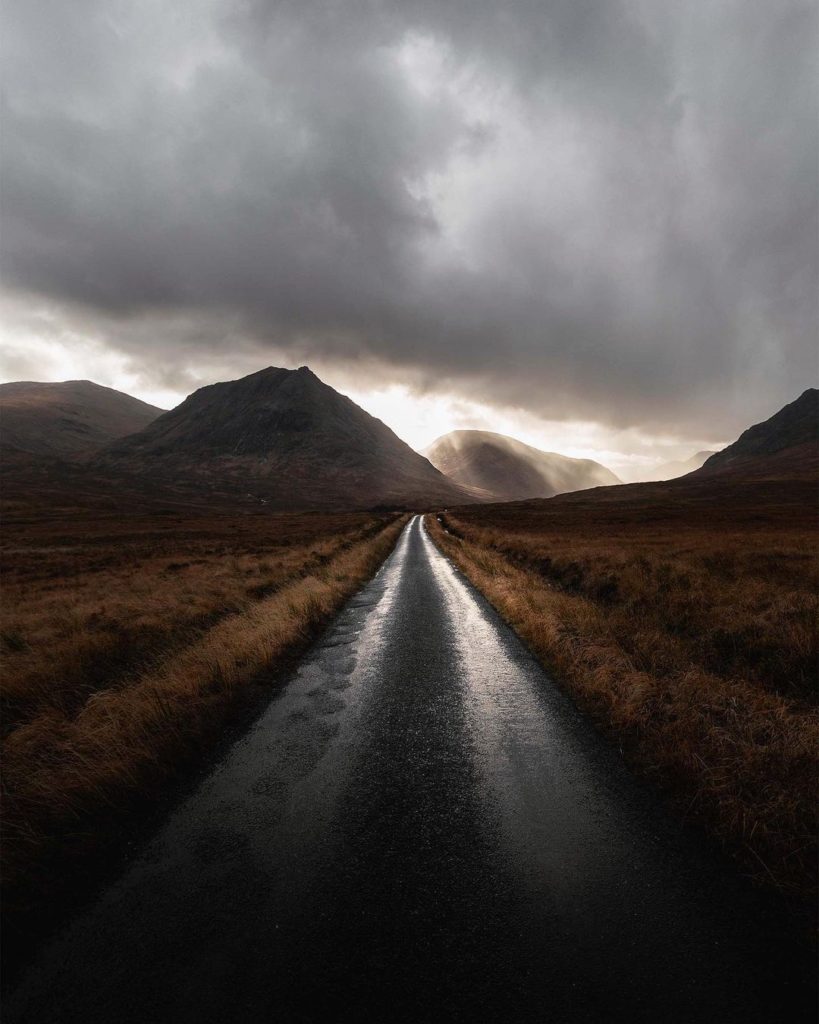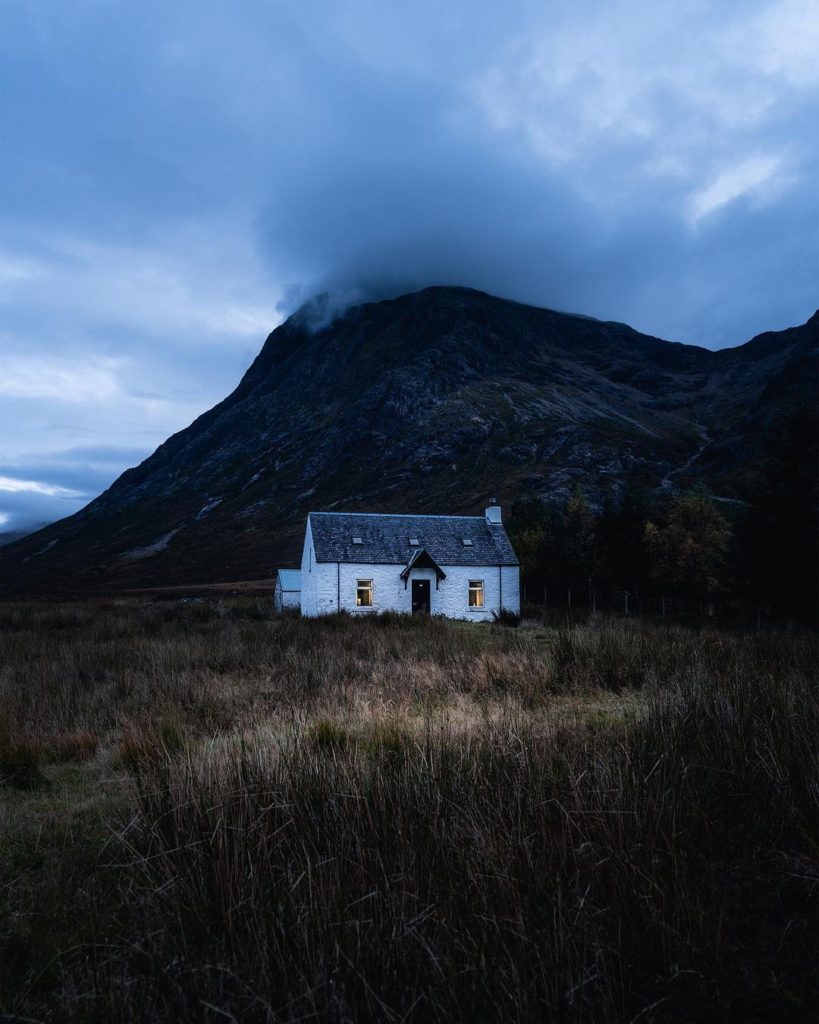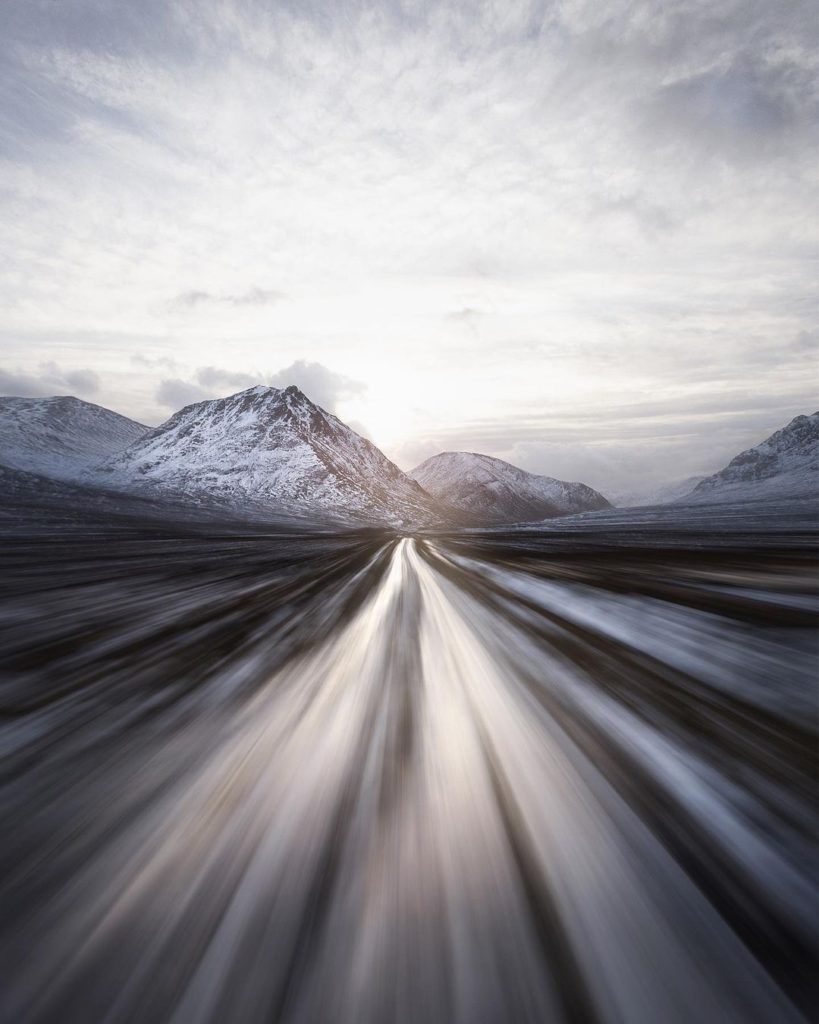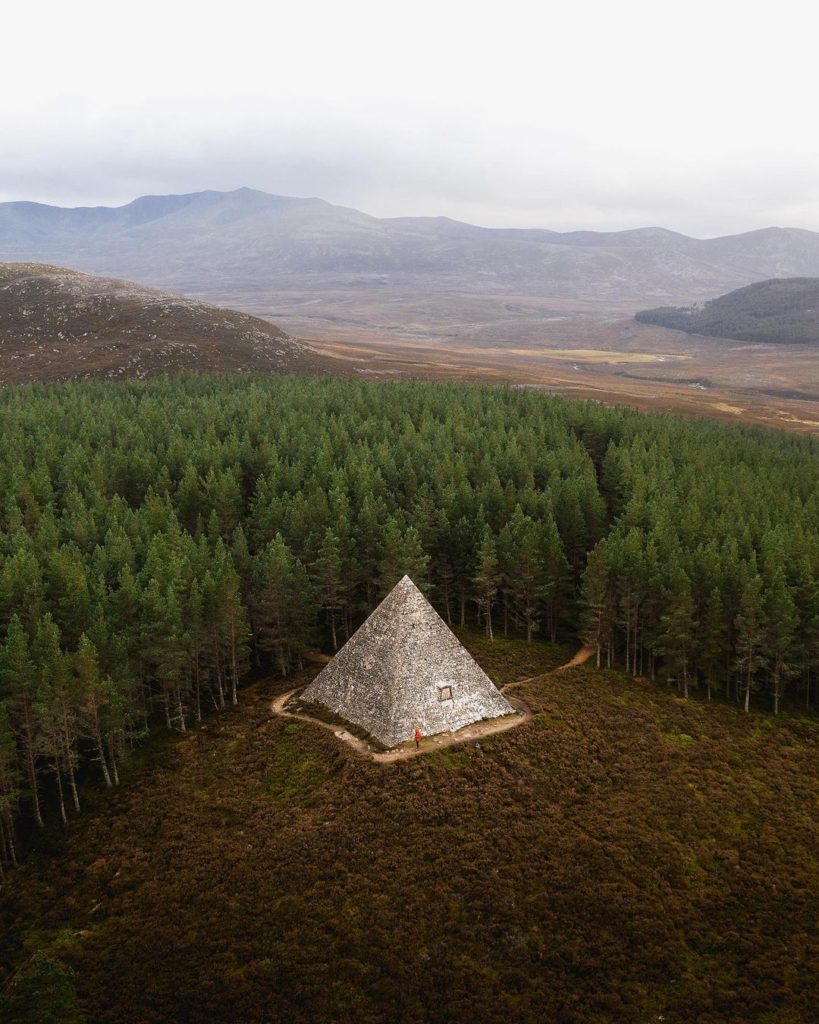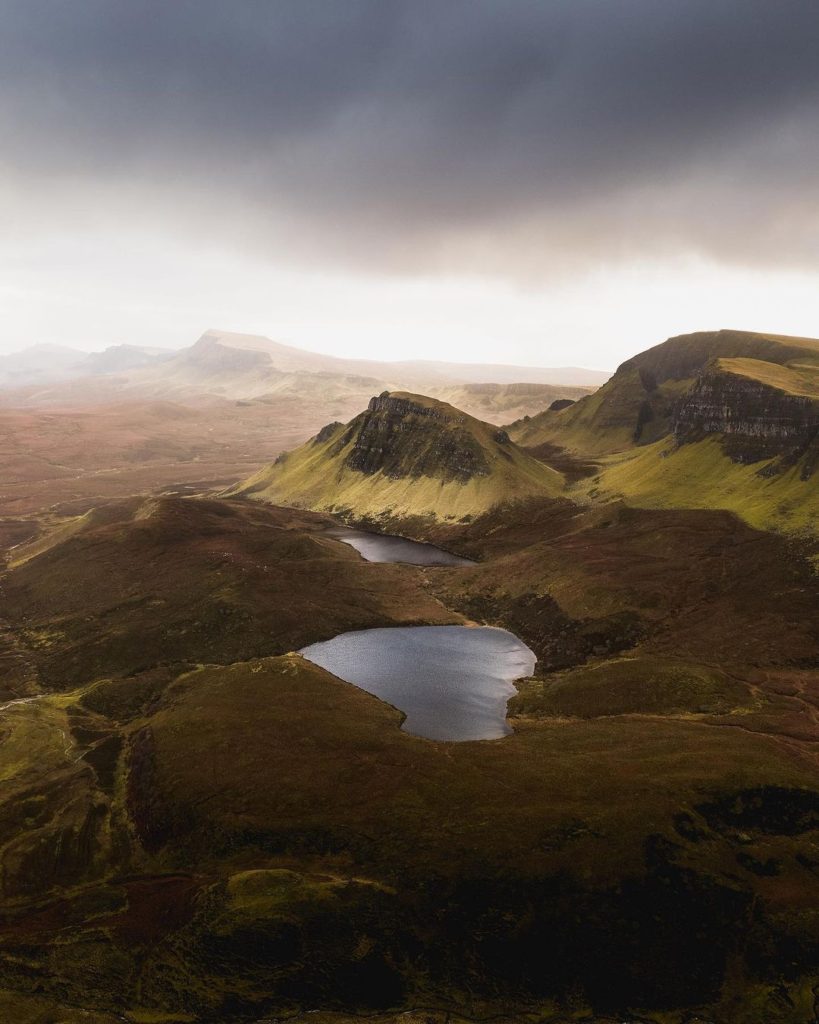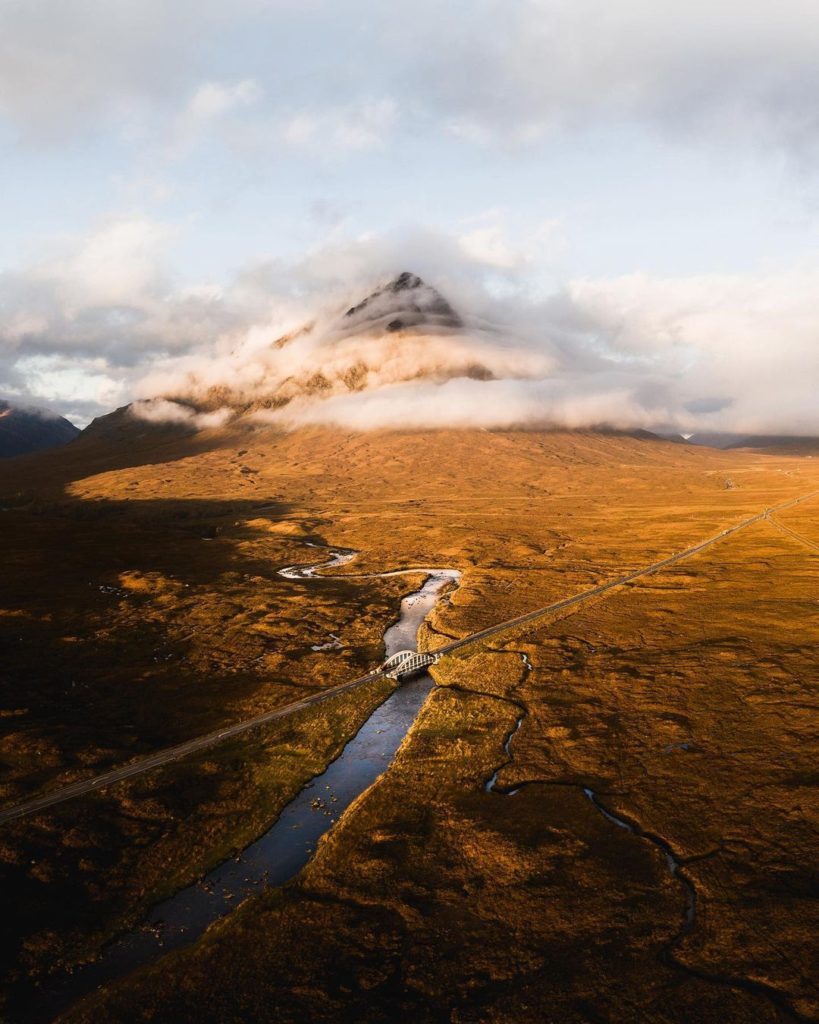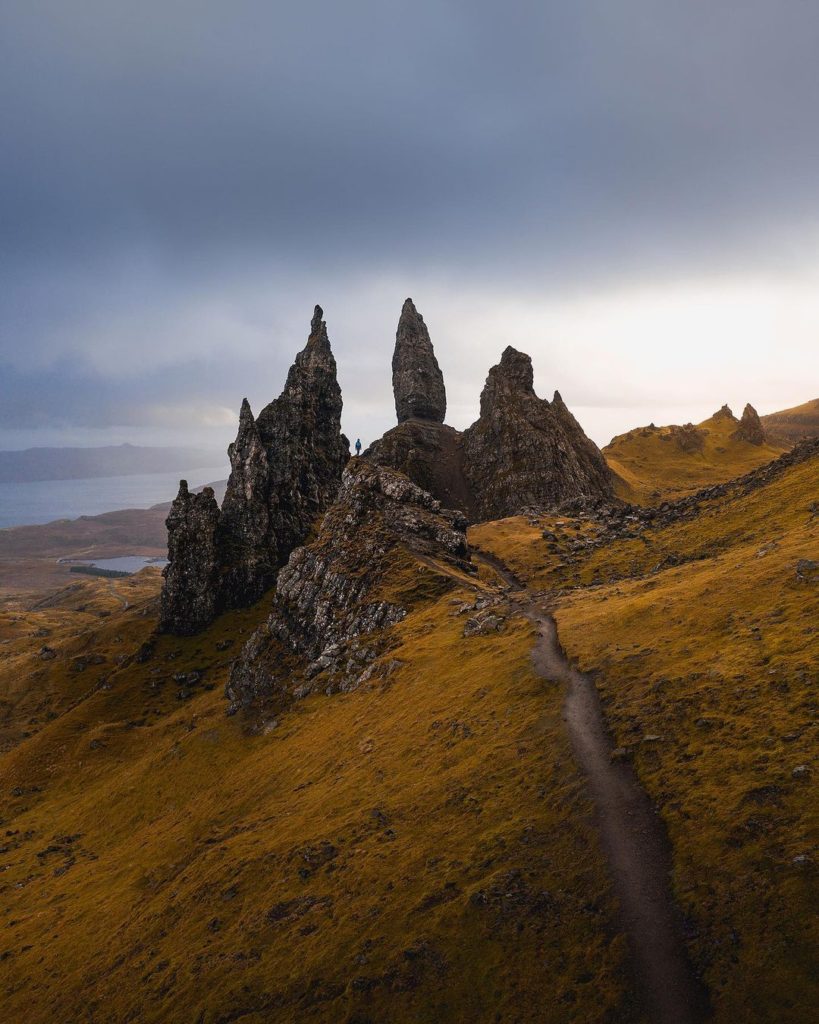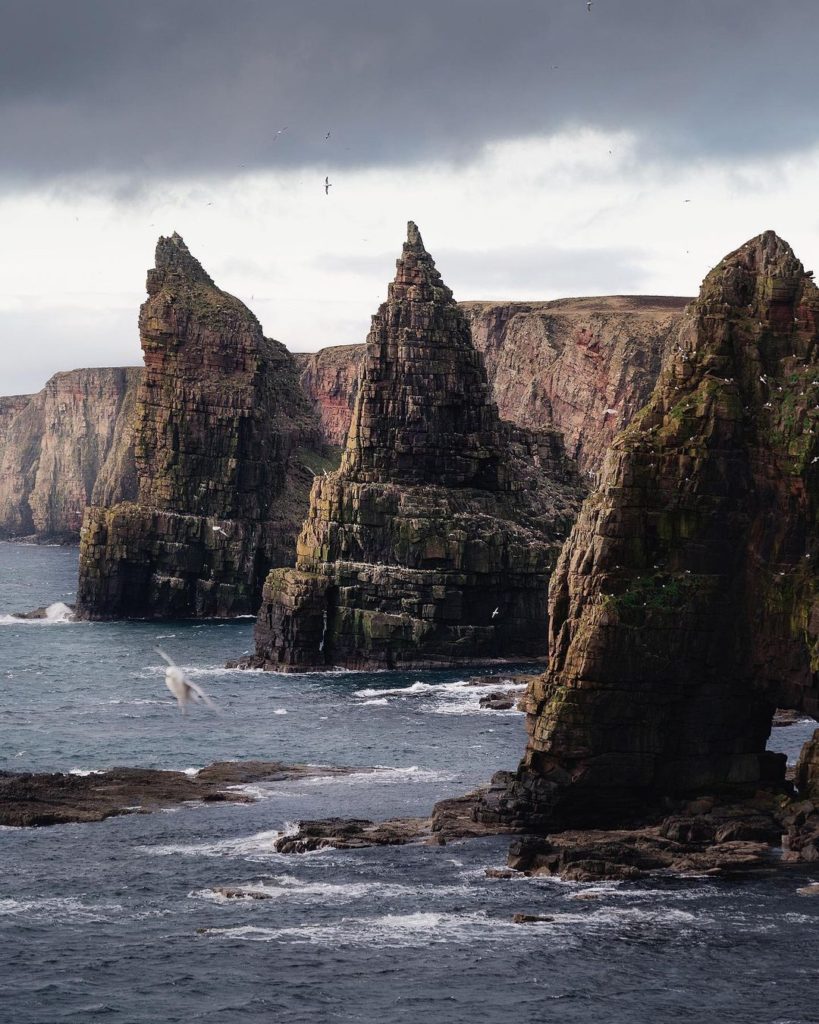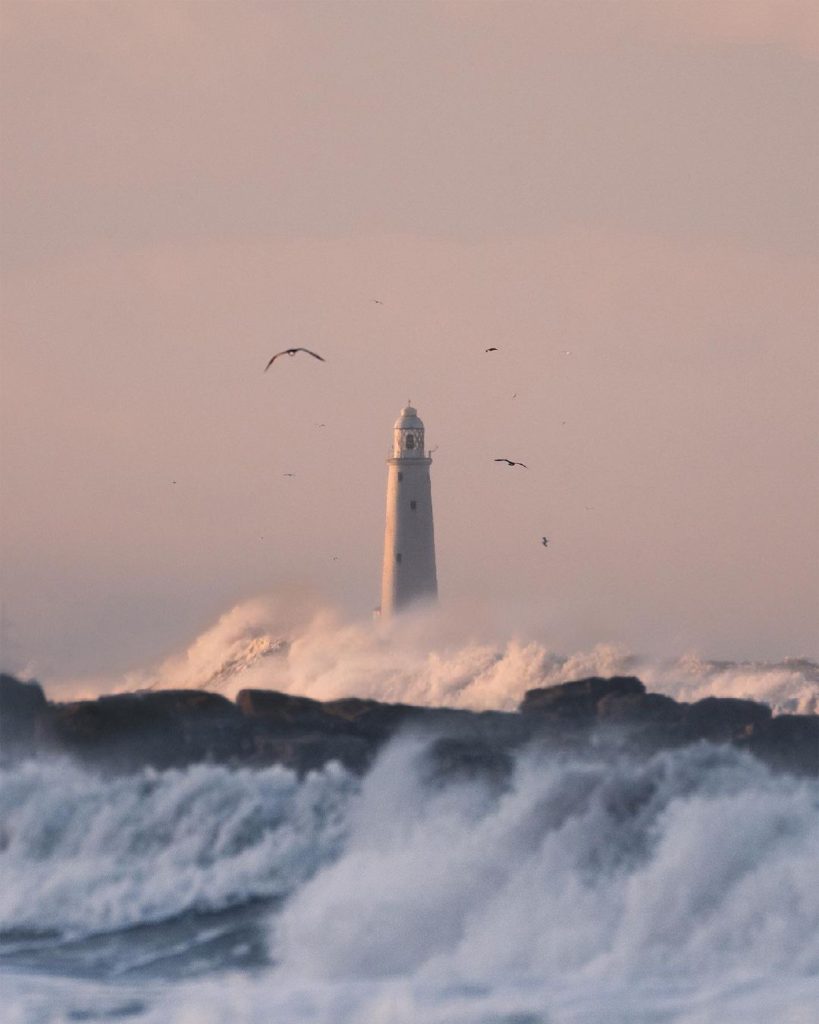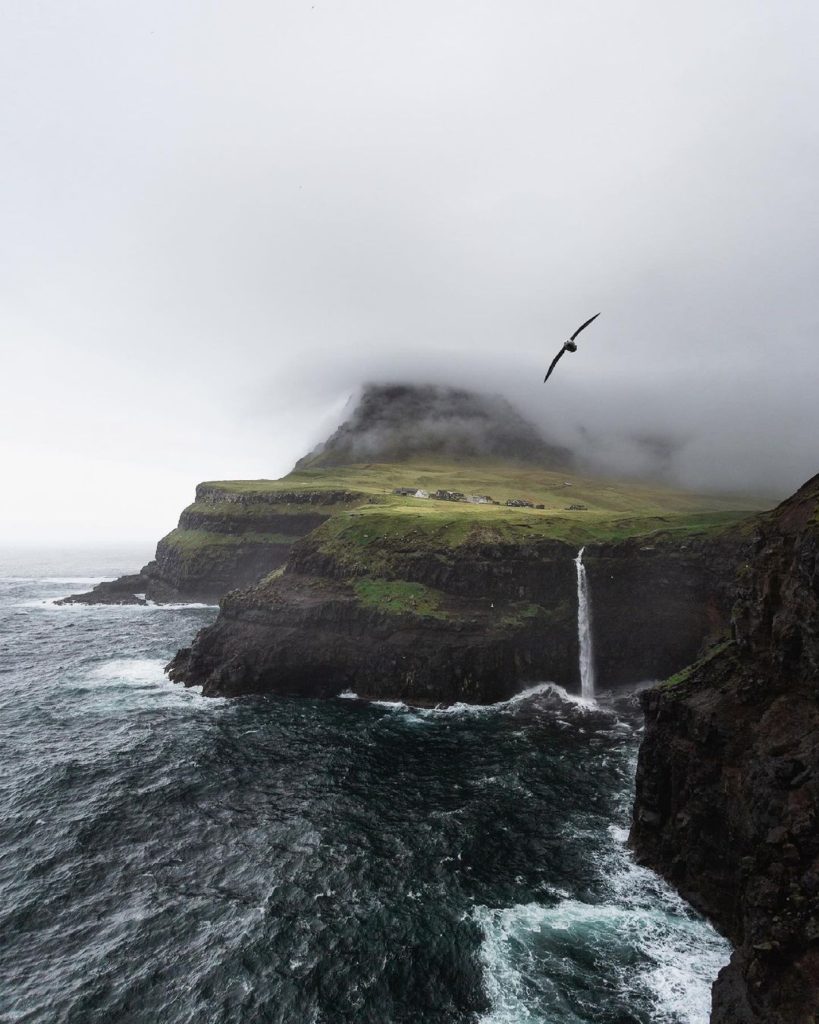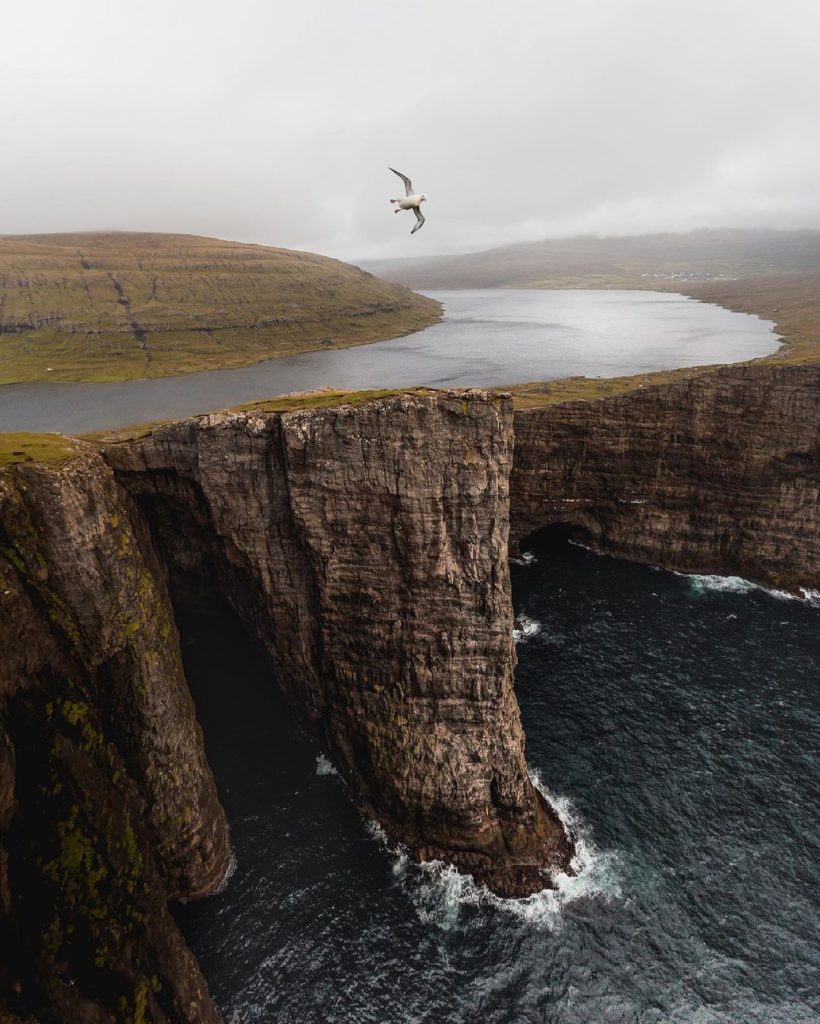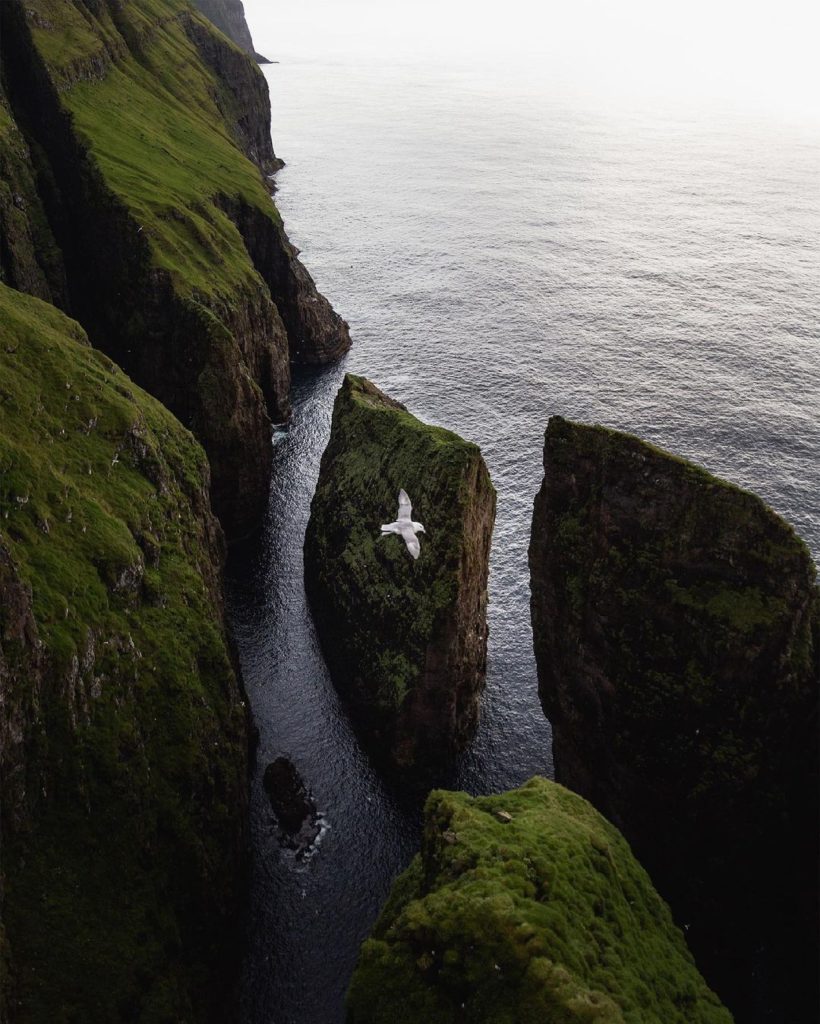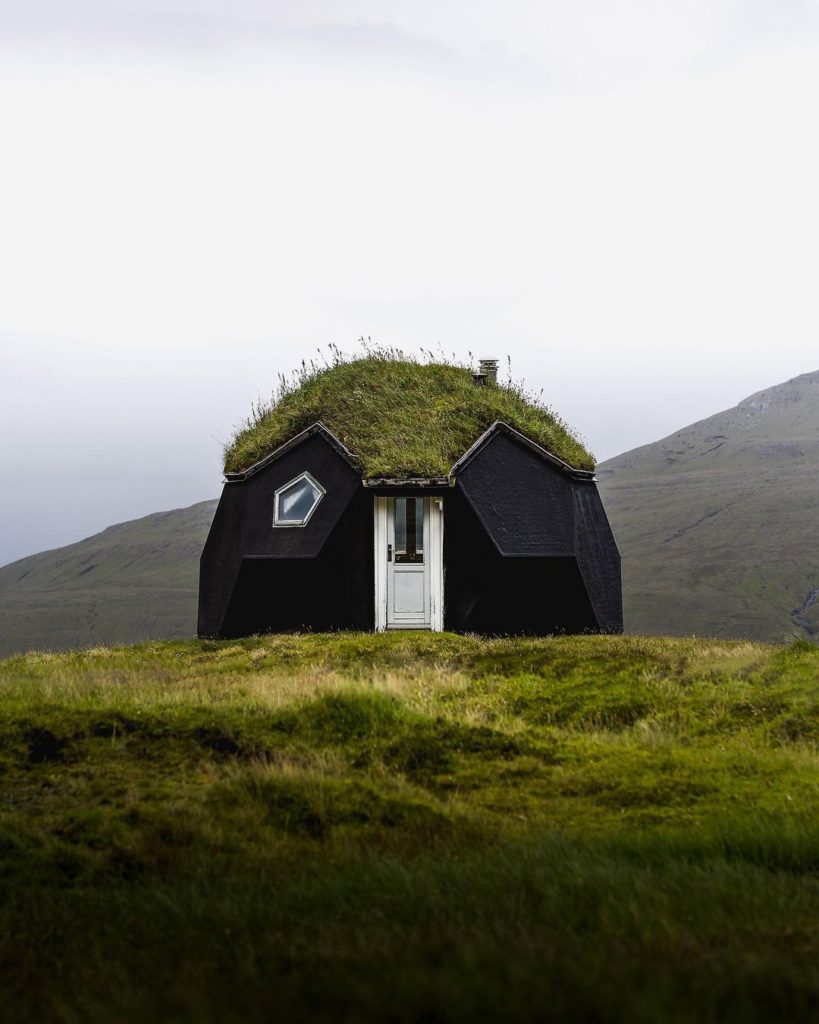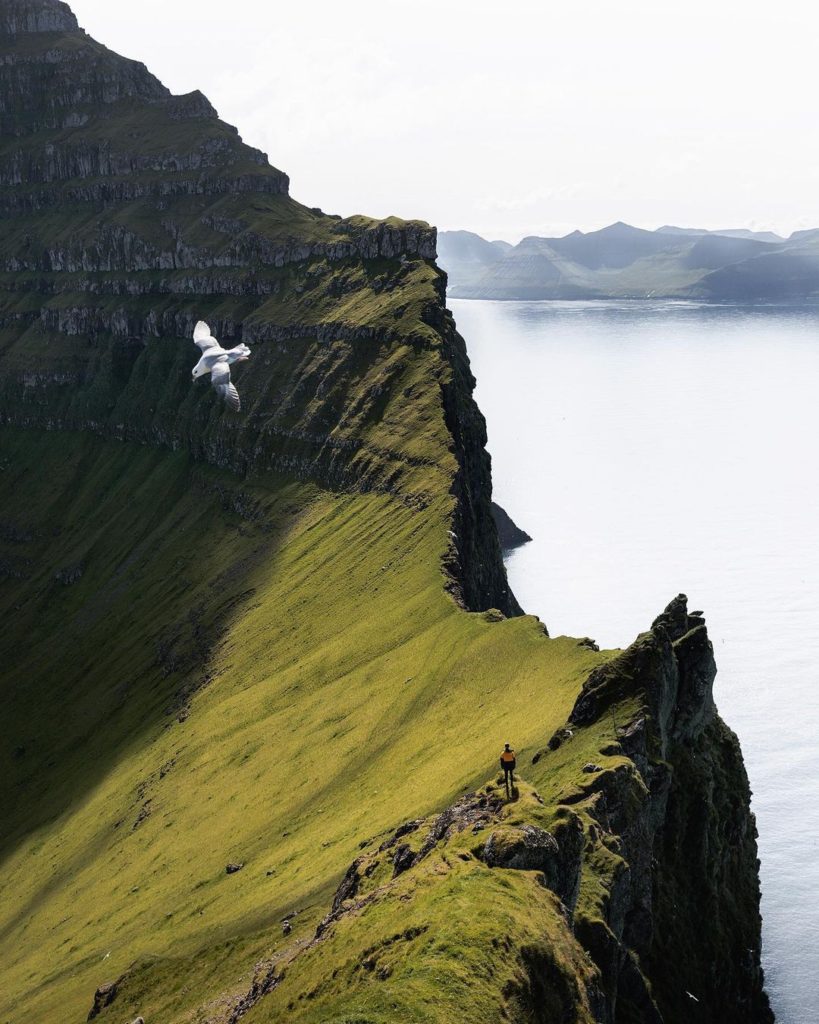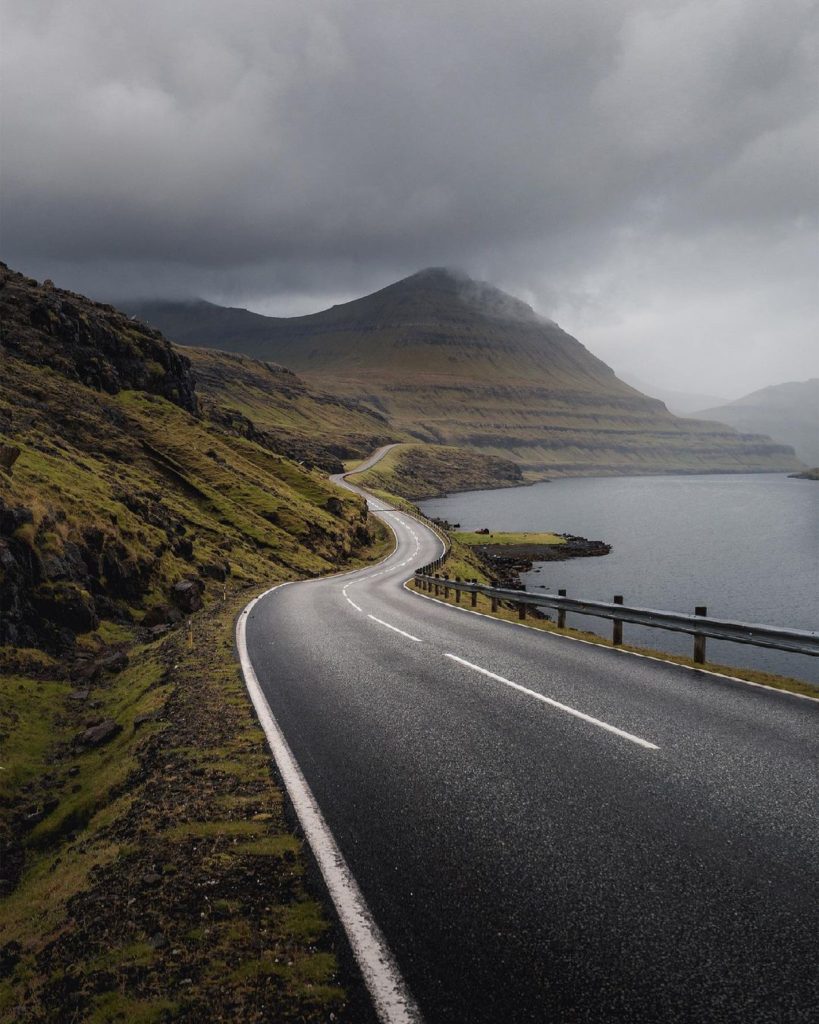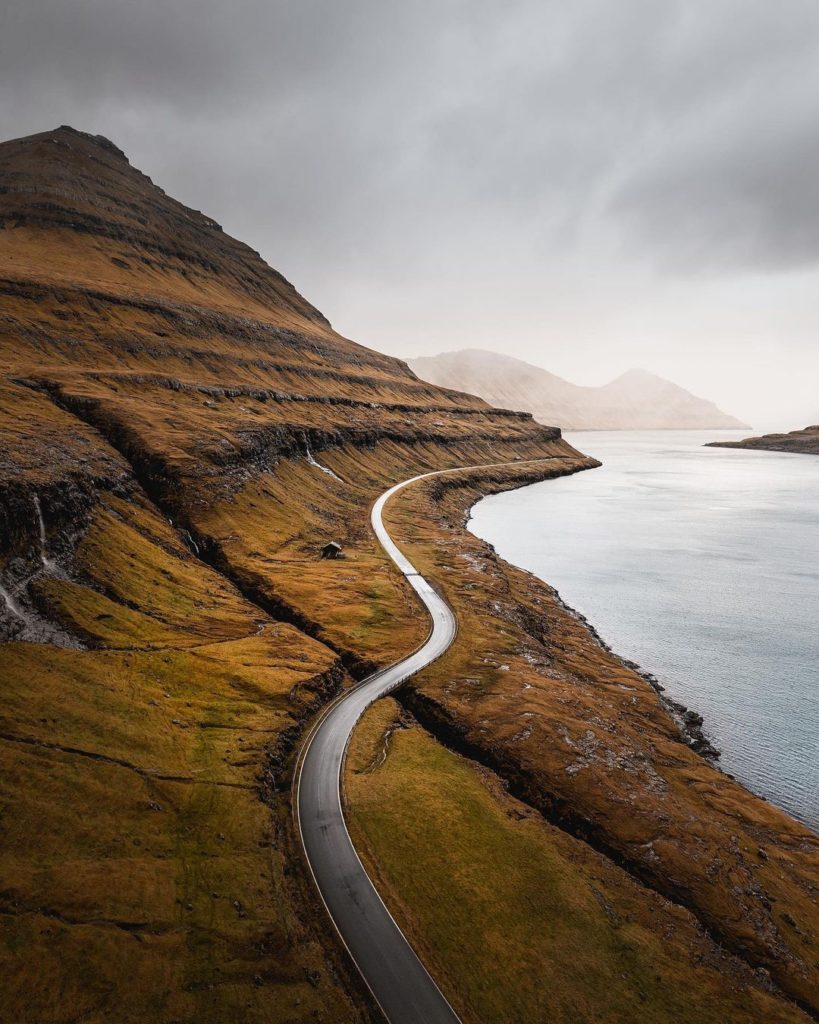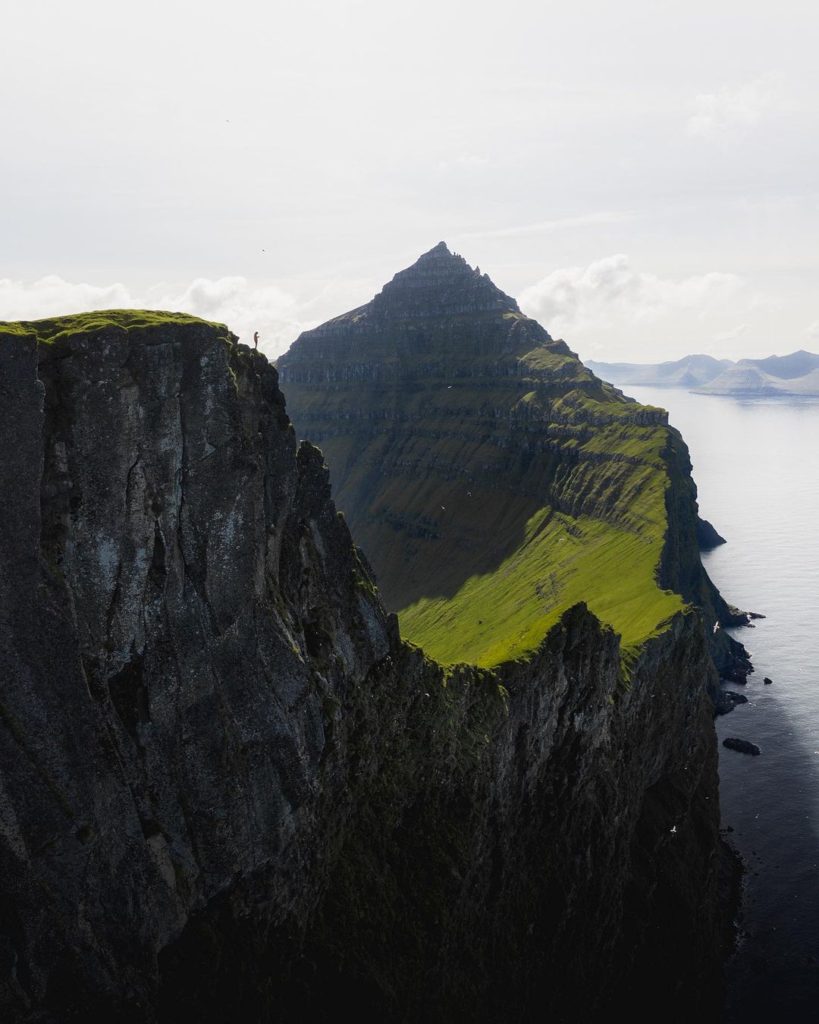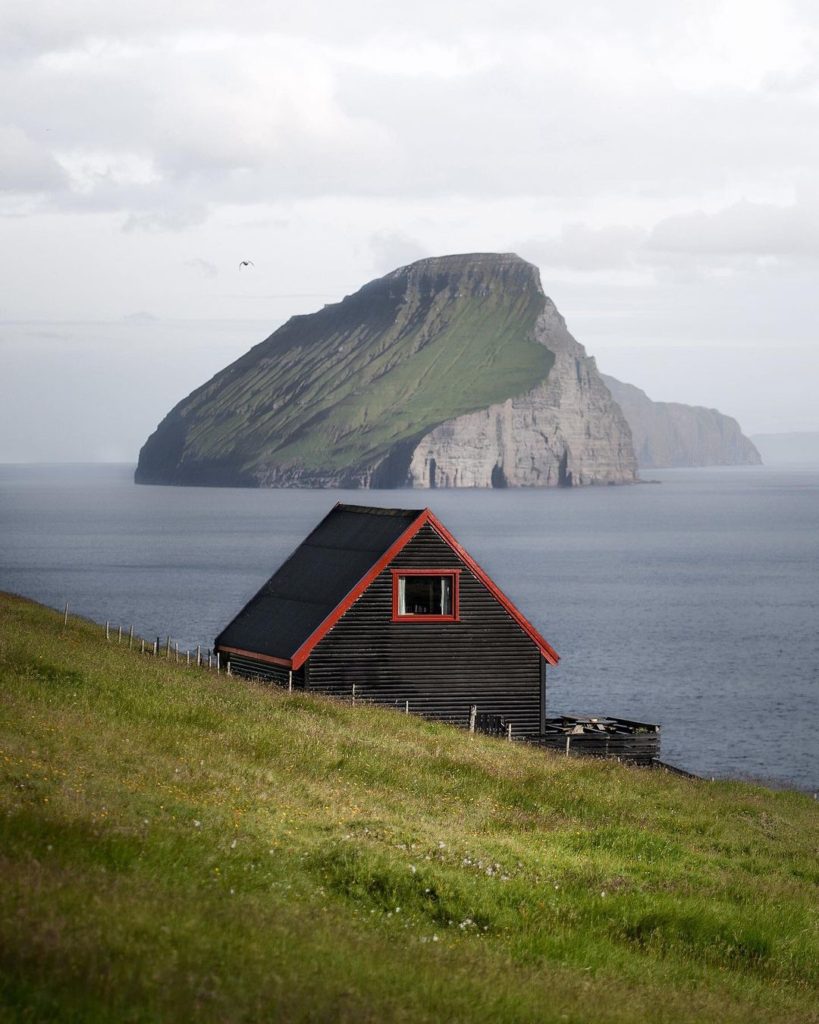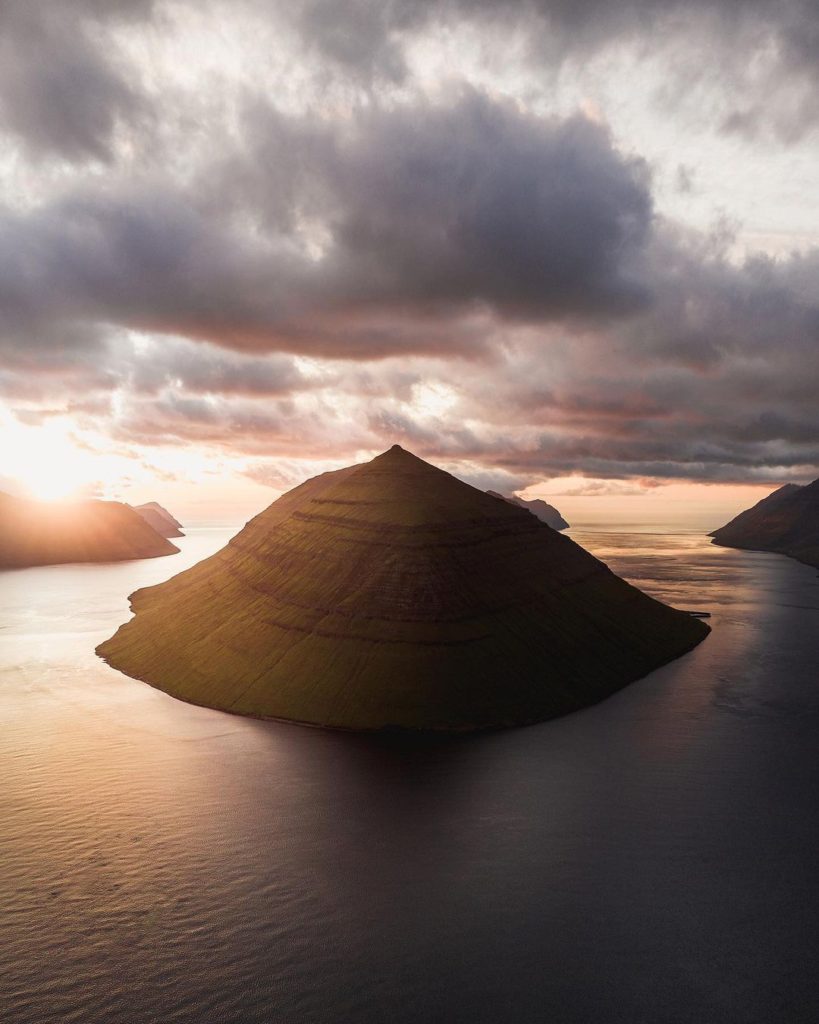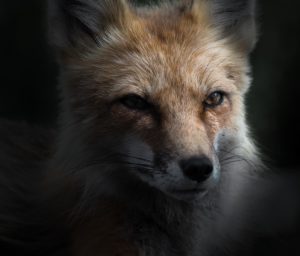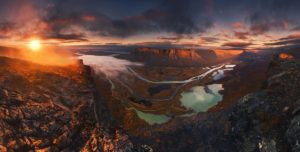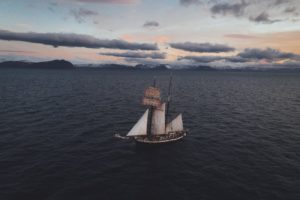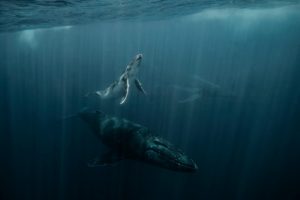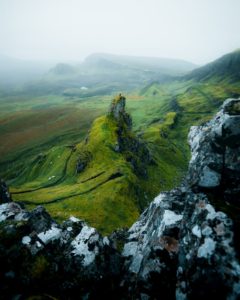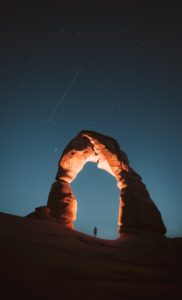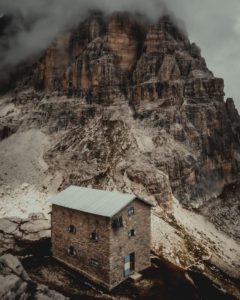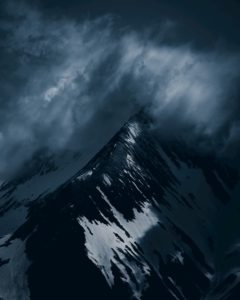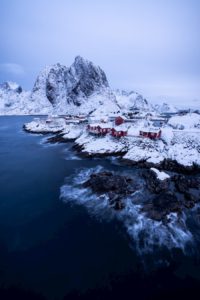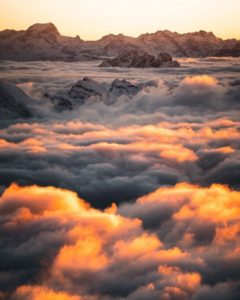
Daryl Scott Walker
@darylswalker
Photographer based in England
Introducing Daryl Scott Walker
Northumberland, the place where Daryl was born and raised, instilled admiration for the ocean and awakened the creative within Daryl. Eight years into his photography journey, this area still inspires him, aiming to come away with a photograph more unique than the previous one.
While Daryl started mainly with seascape photography, over the years he’s introduced different genres and currently he specializes in adventure, automotive, wildlife, and commercial work. These genres all fit really well together and allow Daryl to show multiple facets of the project and story while staying true to why he started photography in the first place. In the interview, he mentions: “In this busy industry, you absolutely must have a defined niche that is immediately visible from your portfolio. Whilst being a generalist might land you more projects and maybe more money, being a specialist means you get to work on projects you love, with clients who identify with your brand.” Daryl thinks that the more personable you can be in your work, the more you will stand out from the rest of the hundreds and thousands trying to make it in the same world.
Daryl is full-time architect and his photography journey is ongoing, but sooner than later he will be ready to make the jump to full-time photography. The years of 2020-21 taught him to be more active, creative, and open to local beauty rather than searching for “easy” bangers in epic foreign locations. He now prefers shooting with a purpose, having the emphasis on making photographs instead of taking them. In addition, Daryl has gotten into videography recently: “Filmmaking has helped bolster my photography work in that I am way more intentional with what I will focus on. To ensure a successful shoot, no matter the client or job, I now always create a storyboard of how I envision both the video and photography to look in the final edits.”
In the interview, you can read more about what Daryl shares about storytelling, including a few tips on how to increase the impact of your story. We asked him 12 questions and we can learn from each of his answers, ending with four great pieces of advice for young talented artists pursuing a career as full-time travel/landscape photographers!
Interview
Welcome Daryl! “Adventure is out there, let us go find it” This is a quote written on your website. Has this motto brought you to photography or did it become your motto once you had discovered photography already? How did you get into photography?
I slowly became interested in photography as mobile phone technology advanced and I got my hands on the original iPhone. I then upgraded to a small DSLR for better depth to my images and to try out different photographic techniques such as long exposures and astrophotography. From there I started to explore my local area of Northumberland more, going out every day for sunrise and sunset, and being influenced by the incredible coastline we have in the North East of England. I believe the setting of Northumberland has played a massive part in moulding my creative vision and admiration for the ocean.
Although I am almost 8 years into my photography journey, I love returning to my local area to apply my learnings. Repurposing spots I’ve been to time and time again with the aim of coming away with something more unique than previously.
The quote “adventure is out there, let us go find it” sort of became an adoption of mine in the early days of my photography and I’ve stuck with it ever since.
"I like the idea that anyone can have an adventure, anywhere, anytime, big or small and you just have to get out there… and find it!"
You shoot many different genres, among which Adventure, Automotive, and Commercial. Can you tell us something about the journey you’ve made to reach the point where you are now as a (professional) photographer? What have been some major challenges and what have been some highlights that boosted growing your brand?
In the early days, unlike most who start out, I never really strayed from a single genre and seascape photography was my focus, my obsession. As my art progressed, I began to introduce mountains into the mix and explored the Lake District and Scotland. These two subjects play well with storytelling and adventure and are perfect settings for client work for those who specialise in the outdoor industry.
Contrary to how it may look on Instagram I am still working full time as an Architect, so I am not there yet as a ‘professional’ so to speak. As such my journey is still ongoing but I feel like I am almost there in making the jump to full-time professional.
Personally, and I can maybe speak for most creatives, the hardest and most challenging aspect of professional work is the complex nature of commercial photography and the business side of things.
"Pricing, negotiation, and understanding licensing are all very daunting at first and it is where many fall short of understanding their own worth and undervaluing client work."
What is your view on specializing yourself in one or a few genres vs being a generalist that can do almost everything? How do you think your choice influences your brand and how has that been for you?
Whilst I specialize in Adventure / Automotive / Wildlife and Commercial work, these genres fit really well together and mean any project could have multiple facets to the story.
Over the years I’ve tried to remain true to why I started photography in the first place so I’m lucky to have worked with some amazing brands and people who also have the same vision. This has helped me narrow down my brand image and the work I take on board.
In this busy industry, you absolutely must have a defined niche that is immediately visible from your portfolio. Whilst being a generalist might land you more projects and maybe more money, being a specialist means you get to work on projects you love, with clients who identify with your brand. This process comes full circle and makes your brand and specialism stronger, placing you in a better position for the next project that comes along.
As the saying goes … you’ll never work a day in your life, doing the things you love … so for me personally I’d rather focus on subjects that interest me and put all of my love back into the creative process.
The North Face, Land Rover, Huawei, Visit Faroe Islands, Atlantic airways… You have worked with many different commercial brands in different industries. What have you learned are very effective manners of catching clients’ interest?
Going back to the previous question, you first have to have a strong brand niche, secondly, you must have great images or videos which stand out from the crowd which is becoming more and more difficult. This doesn’t mean going out and chasing the bangers all of the time, it can also be from finding and sharing more personal passion projects.
From my experience I feel the more personable you can be in your work, the more you will stand out from the rest of the hundreds and thousands trying to make it in the same world.
Related to the previous question, what is a big difference you, as a visual creator, have learned to take into account/adapt when reaching out to brands in different industries in terms of approach, sales pitch, pricing, etc.?
There’s one take on this and I’ve mentioned it previously in the interview, you have to know your worth and the value of your own time.
There were many times in the early days where I took on every project possible, running myself into the ground and falling out of love with photography. So now I try to ensure that the pitches, pricing and projects I take on board are to my own benefits and not just the clients.
Can you give an example of a project that has had a huge impact on your professional development and why this project specifically?
I can’t pinpoint one specific commercial project, but during the last few years when travel was more restricted, I enjoyed reconnecting with my local area of Northumberland and exploring the areas where my interest in photography first began.
During this time we were all ‘forced’ to explore more of our local areas, and previously I had started to neglect the beauty I had on my own doorstep for the ‘banger’ locations further afield. I had moulded myself, unintentionally, into a lazy photographer.
Over the course of 2020 and 2021, armed with some new skills I had learned over the last 7 years I focussed purely on the local coastlines, wildlife, and hidden gems I had once overlooked. I believe these last two years helped reignite my love for photography as I had begun to get severely bored with going out and taking pictures. Emphasis on taking.
What this personal project taught me is that I prefer going out with a purpose when I specifically have photography or videography in mind.
"The purpose being making, instead of taking. From this, I feel I have more satisfaction and growth from my work."
You have also added filming to your services. How do you approach client work where you need to create both photographs and videos? How do you plan such a project/shooting?
This one is tricky, as filmmaking is a new part of my work I still feel there are huge areas for improvement but I enjoy the more focused challenge of video work as there is a lot more planning involved than say going out to a location and taking some pictures. Filmmaking has helped bolster my photography work in that I am way more intentional with what I will focus on.
So when it comes to doing both photo and video work at the same time, the shoot needs to be planned with precision. There’s not much room for doing things on the fly unless, of course, the conditions provide you with some unexpected good light, then you can pivot away from the plan for a few moments. Sometimes it may mean focussing one day on photography and leaving another day where possible for video.
"To ensure a successful shoot, no matter the client or job, I now always create a storyboard of how I envision both the video and photography to look in the final edits."
As part of the storyboard, I will also location scout, build a shot list and think about lens selection and shot types. The more I plan, the less time is spent editing and making selections, leaving me more freedom to either shoot more or take a much-needed break.
How do you use storytelling in your work? What 4 tips could you give to others to increase the successful and impactful storytelling of their work?
Storytelling is often overlooked these days, especially on Instagram where we all strive for that perfect hero image. For my work, I look to include the large vistas with the intricate details. If you look at my carousel posts they are often mini-stories documenting locations/trips / products or even subject studies.
So what makes a successful story? Well it all depends on the subject but you could follow these principles;
1) Identify your primary focus; a good story has a good character, but your character does not necessarily need to be a person, this can also be a product or a place.
2) Don’t just focus on hero images; when building a story focus on the wide context as well as the intricate details. This helps to add depth and purpose, as well as better connect the viewer with what you are trying to say
3) Use different focal lengths; for example, you could use a wide-angle lens to make your subject feel small amongst the backdrop or you could use a telephoto lens to make the subject more powerful or prominent in an image compared with the backdrop. Lens selection would depend on the concept of the story and the feeling you wish to portray
4) Close out with your starting point; I always find when building a set of images (for example) it’s good to open with a similar image to what you will close the set with, helping to tie the whole story together.
You come from Northumberland, UK. What are some of the most photogenic places you have been in your own country or abroad and why do you find these spots specifically so photogenic? Furthermore, how do you usually go about location scouting, in the UK or elsewhere?
As mentioned I do love my local area of Northumberland as it’s pretty diverse; an incredible coastline with castles, lighthouses, huge forest areas, an abundance of wildlife, and one of the darkest sky areas in Europe. So there is ample opportunity out here and it keeps my photography obsession alive.
Probably one of my favourite spots locally is St Mary’s Lighthouse, a small redundant white lighthouse that sits upon a rocky island and is cut off every day at high tide from the mainland. As it’s only 10 minutes from my door, it’s one of those spots I return to over and over again to try and find new angles of this popular location.
In terms of further afield, I do have a love for both The Scottish Highlands, Iceland, and The Faroe Islands. These locations are probably where I travel to most. The Faroe Islands in particular is however my all-time favourite location and I’m coming up to my 7th time on the islands.
As my photographic journey began documenting the North East coastline of Northumberland, naturally I am still massively drawn to seascape photography and the Faroe Islands have arguably one of the best coastlines in the world, in my opinion. Sea cliffs that tower 500m above the ocean, incredible unique rock formations, and the deep blue Atlantic Ocean make for the most perfect recipe for photography. It is why I continue to return to these islands as there is always a new location I’ve found that I have to see!
My process for location scouting is all part of the adventure. I will spend days or weeks in google earth, making custom maps, and marking all of the spots I’d like to hit on a trip or explore in my local area. I find getting to know the area prior to actually being there makes exploring less of a stress and helps maximise the amount of time available for shooting at each spot.
I generally find locations via Instagram and will search for geotagged locations, hashtags or follow local photographers from the country prior to the trip. This helps me get an insight into the potential areas and angles which could work for my own interests and shooting style. Don’t forget Google, Pinterest, Behance, and Travel Blogs as valuable sources of location scouting. I’ve even found local unknown spots through automotive forums! There is plenty of information out there now so it pays to do a bit of homework before.
What has been one of your most remarkable experiences so far? What made it so special?
Oh that’s a tough one … I’ve been fortunate to have the opportunity to travel to some incredible locations around the world but I have a fond memory of the first time I set foot in the Faroe Islands. It was autumn 2017 and I’d been staring at images of these incredible islands for a few years now and finally I’d landed there.
I remember the first morning; looking outside the window it was raining, incredibly windy and dark but the excitement was high and I was eager to get outside and see if the ‘floating lake’ was a photoshop masterpiece or just an optical illusion.
After 40 minutes hiking the view came to me and I was honestly left speechless. Probably one of the most remarkable landscapes I’d ever seen. I sat on the cliff edge for hours watching the waves crash against the rocks, the Fulmars swooping in front of me and I never felt more content.
This trip was the first and many visits to this special set of islands and it sparked my obsession with returning at every possible opportunity.
What inspires your art and feeds your creativity? And related to that, how do you incorporate this into your art afterward?
Just as everyone else I tend to find my inspiration through many mediums. Social media, for example, I’ll try to make sure who I follow is pushing their creative boundaries and working outside of the box. I think it’s important to do this so you’re not just mindlessly scrolling through the latest uploads.
Lately, I’ve been really into analysing cinematic masterpieces such as The Batman, Mind Hunter, Interstellar and Dune. Learning shot types, lens choices, lighting, sound and even the editing that goes into creating these incredible pieces helps me make more informed choices when I plan, shoot and edit.
It’s all well and good gathering inspiration from everywhere but I also find it crucial to recharge and switch off from time to time to avoid burnout. So even a simple walk along the coastline or a hike into the mountains is enough to feed my creativity.
Nowadays we see so many young talented artists pursuing a career as full-time travel/landscape photographers. What four pieces of advice would you give them?
I often hear that the market is too saturated and I’ll not make it, but there are many photographers and videographers out there thriving in the space, and some have a very limited social media following. So the work is available, you just have to have your brand and vision nailed down so prospective clients or brands understand what kind of creator you are.
Time is the most overlooked aspect of making it as a full-time creative. Most people want results within the first few months of picking up a camera and don’t understand that the majority of us are not blessed with photography skills and have spent years learning the fundamentals and honing our craft into what it is today. So patience is key! Don’t expect results overnight, you need to do your 10,000 hours.
As well as patience you have to practice, practice and practice more. Shoot all the time where possible to understand what you enjoy and what draws your interest. Without this learning process, you will never be able to narrow down your niche and start making an attractive portfolio that clients or brands would be interested in.
"Have a defined area of specialty, this doesn’t have to be a super niche in one field but the more specialised you are the easier it will be to find work that you love."
Lastly, do spec work to build your portfolio. One of the most asked questions in my DMs is how do you get work?, closely followed by should I work for free? I do not believe in working for free, it not only tarnishes the photography and videography community but it also undervalues your own worth. You can’t pay your bills with a free jacket!
The next question is usually ‘so how do I build a portfolio if I can’t work for free?’ and that’s easier to cover. Spec work! If you’ve not heard of this term before, it simply means utilising what you already have, whether a car, clothing, product etc. to build portfolio-worthy images without waiting for THAT client or brand to approach you. That way you define your own portfolio to your specific interests rather than your portfolio being defined around the type of clients who approach you.
When you then reach out to your favourite brand or client, your pitch deck and portfolio would be full of images or videos they are used to seeing and would potentially lead to a more successful pitch.
Bonus: I truly believe having a close community around you can play a huge part in your success. So find those like-minded individuals that have the same passion and goal as yourself who you can rely on for help on shoots, who you can bounce ideas off of, and who you can collaborate with to create the best art possible. As a team, when one of you grows you all grow in the industry as your collective knowledge and skills will help with bigger and more complex projects.
So just to recap the last key points:
– Time and patience are required to make it as a full time creative
– Practice, practice, practice
– Try to narrow down your style and genre
– Spec work is key to successful pitches
– Surround yourself with like-minded creatives
Would you like content like this sent to your inbox?
